This book, soaked like the Dutch Republic itself ‘in ink and paint’, is enchanting to the point of escapism. The author calls it ‘an interior journey into a world of luxury and leisure’. It is more than that. What he writes of Christiaan Huygens’s milieu is true also of his book: ‘Like a Dutch interior painting, it turns out to contain everything.’
Hugh Aldersey-Williams says that Huygens was the first modern scientist. This is a delicate argument to make: the word ‘scientist’ didn’t enter the English language before 1834. And he’s right to be sparing with such rhetoric, since a little of it goes a very long way. What inadvertent baggage comes attached, for instance, to the (not unreasonable) claim that the city of Middleburg, supported by the market for spectacles, became ‘a hotbed of optical innovation’ at the end of the 16th century? As I read about the collaboration between Christiaan’s father Constantijn (‘with his trim dark beard and sharp features’) and his lens-grinder Cornelis Drebbel (‘strapping, ill-read, careless of social hierarchies’) I kept getting flashbacks to the Steve Jobs and Steve Wozniak double-act in Aaron Sorkin’s film.
This is the problem of popular history, made double by the demands of explaining the science. Secretly, readers want the past to be either deeply exotic (so they don’t have to worry about it) or fundamentally familiar (so they don’t have to worry about it).
Aldersey-Williams steeps us in neither fantasy for too long, and as a result Dutch Lightis an oddly disturbing read: we see our present understanding of the world and many of our current intellectual habits emerging through the accidents and contingencies of history, through networks and relationships, friendships and fallings-out. Huygens’s world is distinctly modern — disturbingly so: the engine itself, the pipework and pistons, without any of the fancy fairings and decals of liberalism.
Trade begets technology begets science. The truth is out there but it costs money. Genius can only swim so far up the stream of social prejudice. Who your parents are matters. Under Dutch light — clean, caustic, Calvinistic — we see, not Enlightenment Europe emerging into the comforts of the modern, but a mirror in which we moderns are squatting on a culture, full of flaws, that we’ve never managed to better.
One of the best things about this absorbing book (and how many 500-page biographies feel too short when you finish them?) is the interest it shows in everyone else. Huygens arrives in the right place at the right time among the right people, to achieve wonders. His father, born in 1596, was a diplomat, architect, poet (he translated John Donne) and artist (he discovered Rembrandt). His longevity exasperated him: ‘Cease murderous years, and think no more of me’ he wrote on his 82nd birthday. He lived eight years more. But the space and energy Aldersey-Williams devotes to Constantijn and his four other children (‘a network that stretched across Europe’) is anything but exasperating. It immeasurably enriches our idea of what Christiaan’s work meant, and what his achievements signified.
He operated at the meeting point of maths and physics, at a time when some key physical aspects of reality still resisted mathematical description. Curves provide a couple of striking examples. The cycloid is the path made by a point on the circumference of a turning wheel. The catenary is the curve made by a chain or rope hanging under gravity. Huygens was the first to explain these curves mathematically, doing more than most to embed mathematics in the physical sciences. He tackled problems in geometry and probability, and had some fun in the process (‘a man of 56 years marries a woman of 16 years; how long can they live together without one or the other dying?’). Using telescopes he designed and made himself, he discovered Saturn’s ring system and its largest moon, Titan. He was the first to describe the concept of centrifugal force. He invented the pendulum clock.
Most extraordinary of all, Huygens —though a committed follower of Descartes, who was once a family friend — came up with a model of light as a wave, wholly consistent with everything then known about the nature of light apart from colour, and streets ahead of the ‘corpuscular’ theory promulgated by Newton, which had light consisting of a stream of tiny particles.
This radical conception of light seems even stranger when you consider that, as much as his conscience would let him, Huygens stayed faithful to Descartes’s vision of physics as a science of bodies in collision. Newton’s work on gravity, relying as it did on an unseen force, felt like a retreat to Huygens — a step towards occultism.
Because we turn our great thinkers into fetishes, we allow only one per generation. Newton has shut out Huygens, as Galileo shut out Kepler. Huygens became an also-ran in Anglo-Saxon eyes. Ridiculous busts of Newton, meanwhile, were knocked out to adorn the salons of Britain’s country estates, ‘available in marble, terracotta and plaster versions to suit all pockets’.
Aldersey-Williams insists that this competition between the elder Huygens and the enfant terribleNewton was never so cheap. Set aside their notorious dispute over calculus and we find the two men in lively and, yes, friendly correspondence. Co-operation and collaboration were on the rise. Aldersey-Williams writes:
Gone is the quickness to feel insulted and take umbrage that characterised so many exchanges — domestic as well as international — in the early days of the French and English academies of science.
When Henry Oldenburg, the prime mover of the Royal Society, died suddenly in 1677, a link was broken between scientists everywhere, and particularly between Britain and the continent. The 20th century did not forge a culture of international scientific cooperation. It repaired the one Oldenburg and Huygens had built over decades of eager correspondence and clever diplomacy.
Got something to add? Join the discussion and comment below.
Get 10 issues for just $10
Subscribe to The Spectator Australia today for the next 10 magazine issues, plus full online access, for just $10.
You might disagree with half of it, but you’ll enjoy reading all of it. Try your first month for free, then just $2 a week for the remainder of your first year.

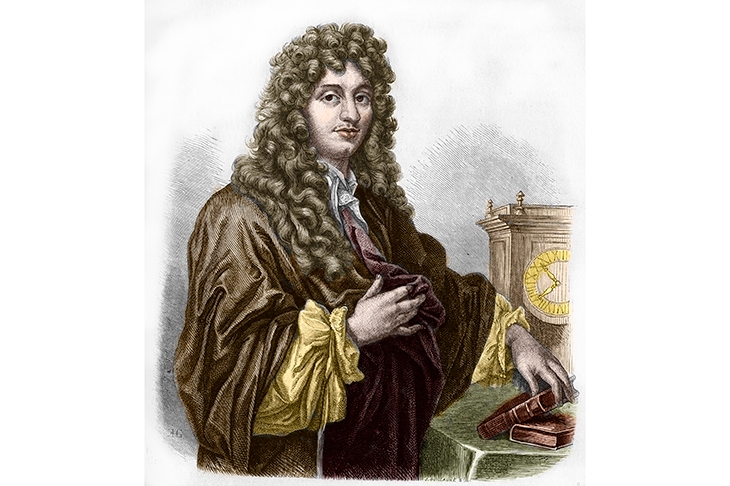
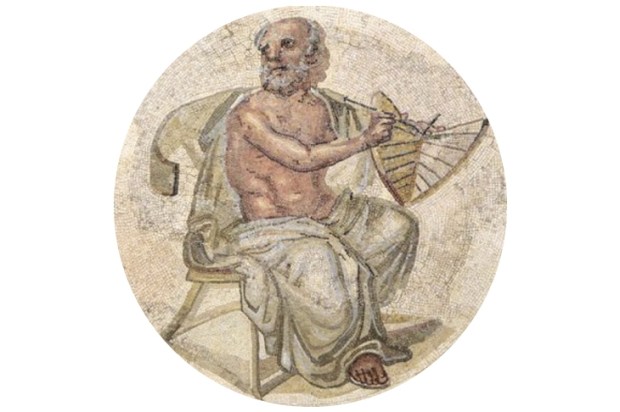
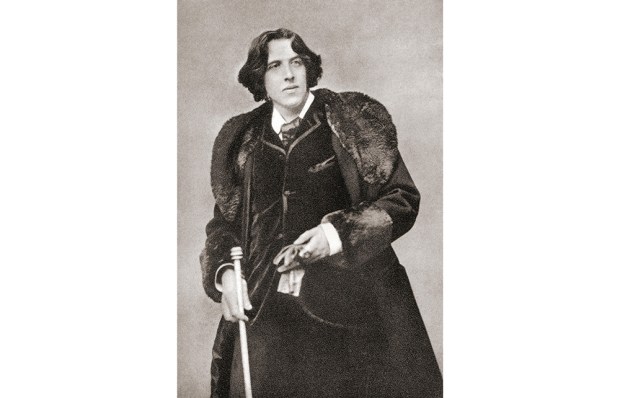
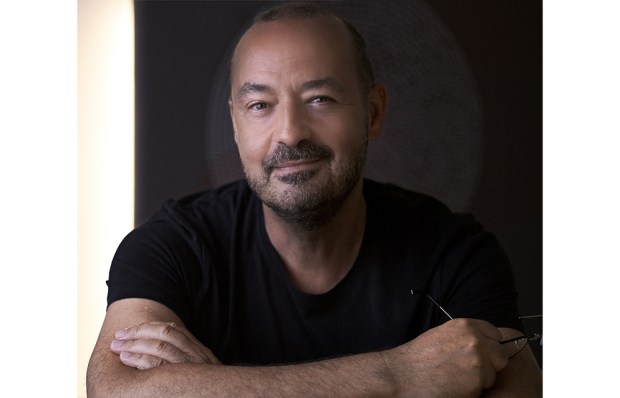
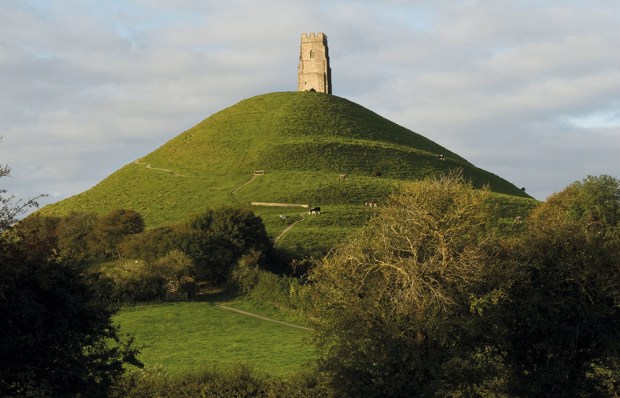
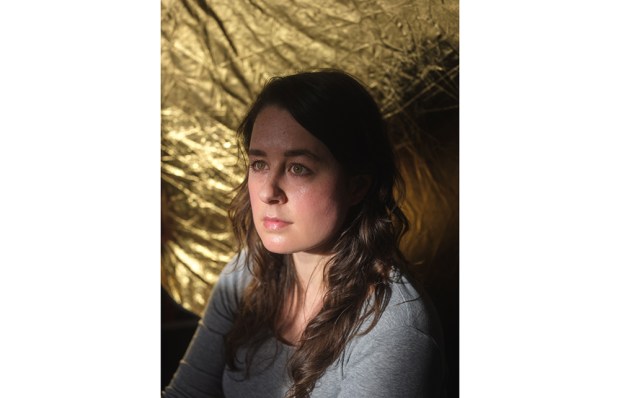
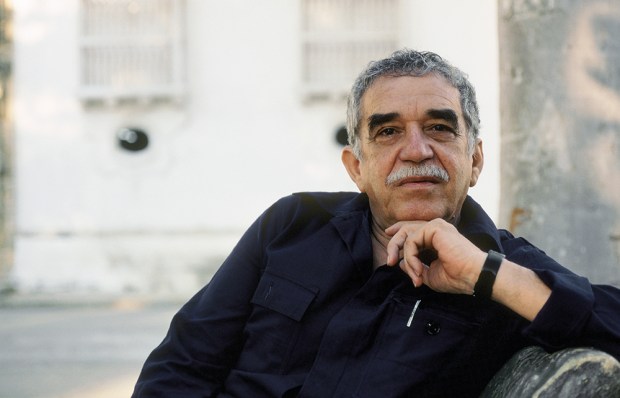






Comments
Don't miss out
Join the conversation with other Spectator Australia readers. Subscribe to leave a comment.
SUBSCRIBEAlready a subscriber? Log in